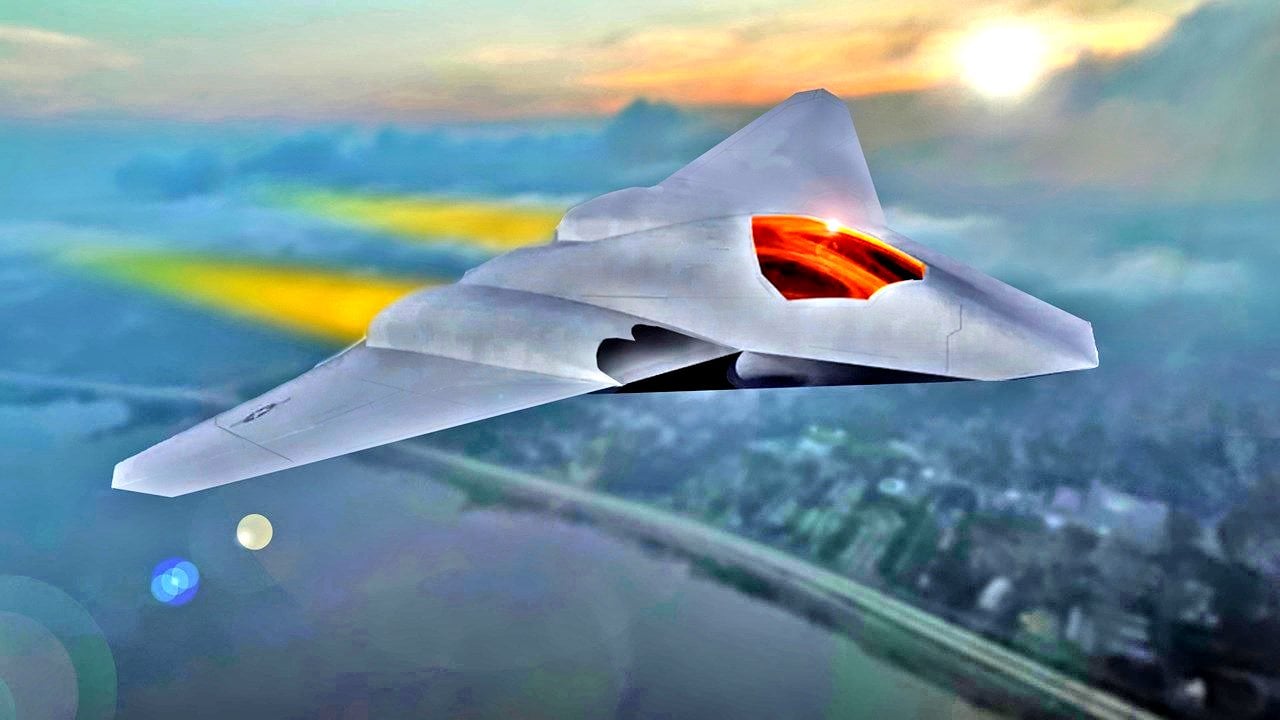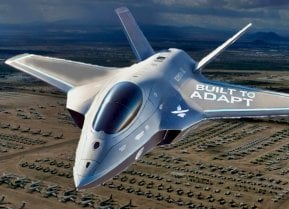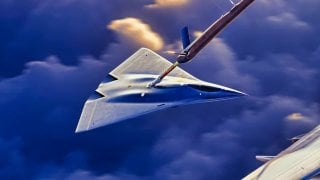NGAD Stealth Fighter: Now the Same Price as the F-35 or F-15EX Eagle II?
The U.S. Air Force has paused the development of its sixth-generation fighter, the Next Generation Air Dominance (NGAD) project, due to its projected cost of $300 million per unit. The goal is to redesign and lower costs to around $100 million, closer to the price of the F-35 Lightning II or F-15EX.
Summary and Key Points: The U.S. Air Force has paused the development of its sixth-generation fighter, the Next Generation Air Dominance (NGAD) project, due to its projected cost of $300 million per unit. The goal is to redesign and lower costs to around $100 million, closer to the price of the F-35 Lightning II or F-15EX.

-This cost-cutting could involve reducing the NGAD's size, fuel capacity, and internal payload, which could impact the aircraft's operational range and capabilities.
-The development of stealth tankers may be required to support smaller fighters with limited range. The redesign aims to balance cutting-edge technology with affordability.
NGAD Fighter Project Faces $300 Million Price Tag: Can Costs Be Cut?
The U.S. Air Force announced recently that it would be pausing the development of its sixth-generation fighter project, the Next Generation Air Dominance (NGAD).
The reason?
The jet was expected to cost about $300 million per unit, so, the service will be taking a step back in the hopes that redesigns can reduce costs into the neighborhood of $100 million.
“The F-35 kind of represents, to me, the upper bounds of what we’d like to pay for an individual [NGAD] aircraft for that mission,” Secretary of the Air Force Frank Kendall said. “The F-15EX and F-35 are in roughly the same cost category. I’d like to go lower, though.”
But can a sixth-generation fighter jet, which has yet to be produced, be offered at the same price point as the fifth-generation F-35 Lightning II, around the ballpark $80 million, or the fourth-generation-plus F-15EX, costing even more at $90 million? Consider me skeptical.
Developing cutting-edge fighter jet technology, which has never been seen before, is typically a costly venture. Just ask the people who went over budget and schedule on the F-22, or the F-35.
Let’s consider what a $100 million NGAD might look like.
Cutting size and complexity
Cutting costs on the NGAD may mean cutting payload capacity. The NGAD was expected to be an interceptor, capable of operating within a large combat radius, likely in the Pacific, where an airframe cannot readily rely on tankers to refuel. The need for a large combat radius would of course mean the need for a large fuel capacity. An interceptor would also need the payload capacity to be impactful once arriving on target, meaning the need to carry plenty of diverse weaponry.

Because the NGAD was to feature a low radar cross-section, the weapons would need to be carried internally. So, between the fuel requirements and the weapon requirements, the NGAD was likely to have a substantial internal payload capacity, a costly proposition. However, in the recently established cost-constrained parameters, the NGAD’s payload capacity may need to be reduced.
“Reducing the payload requirements off the NGAD fighter would reduce the complexity and size of the fighter platform,” The War Zone reported. “This could save a lot of money, as everything from the propulsion requirements to the physical size of the airframe would be decreased.”
The NGAD’s reduced fuel capacity will place an increased onus on the Air Force to develop a stealth tanker airframe. Current tankers, like the KC-46 and KC-130, are non-stealth and accordingly must stay beyond the range of enemy weapons, which requires the fighters that are reliant on the tankers to have an increased combat radius. However, if stealth tankers are developed, which can then creep closer to denied air space, then the fighters that are dependent on those tankers may operate with a smaller combat radius.
Whatever route the Air Force decides to go, temper your expectations for cost efficiency and expediency.
About the Author: Harrison Kass
Harrison Kass is a defense and national security writer with over 1,000 total pieces on issues involving global affairs. An attorney, pilot, guitarist, and minor pro hockey player, Harrison joined the US Air Force as a Pilot Trainee but was medically discharged. Harrison holds a BA from Lake Forest College, a JD from the University of Oregon, and an MA from New York University. Harrison listens to Dokken.
Image Credit: Creative Commons and/or Shutterstock.


